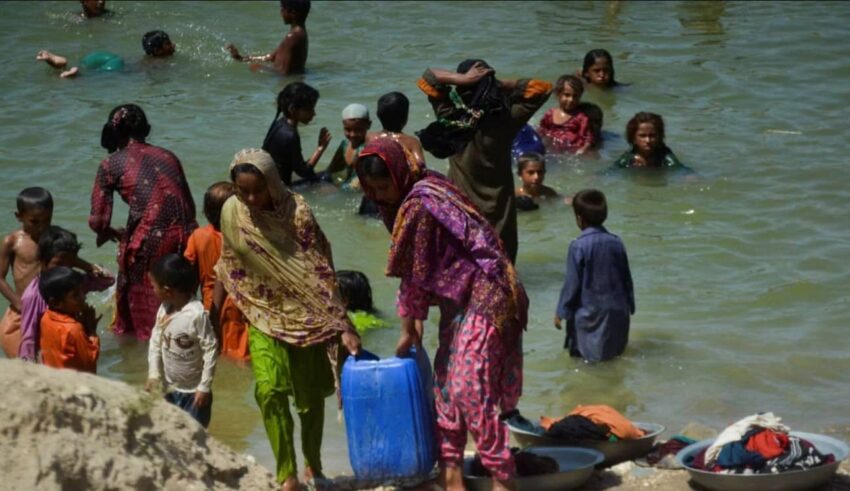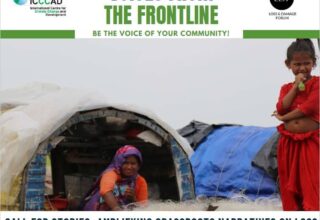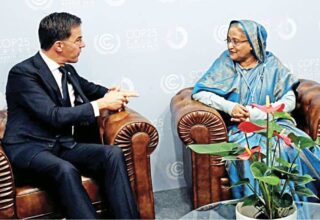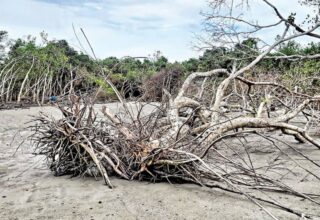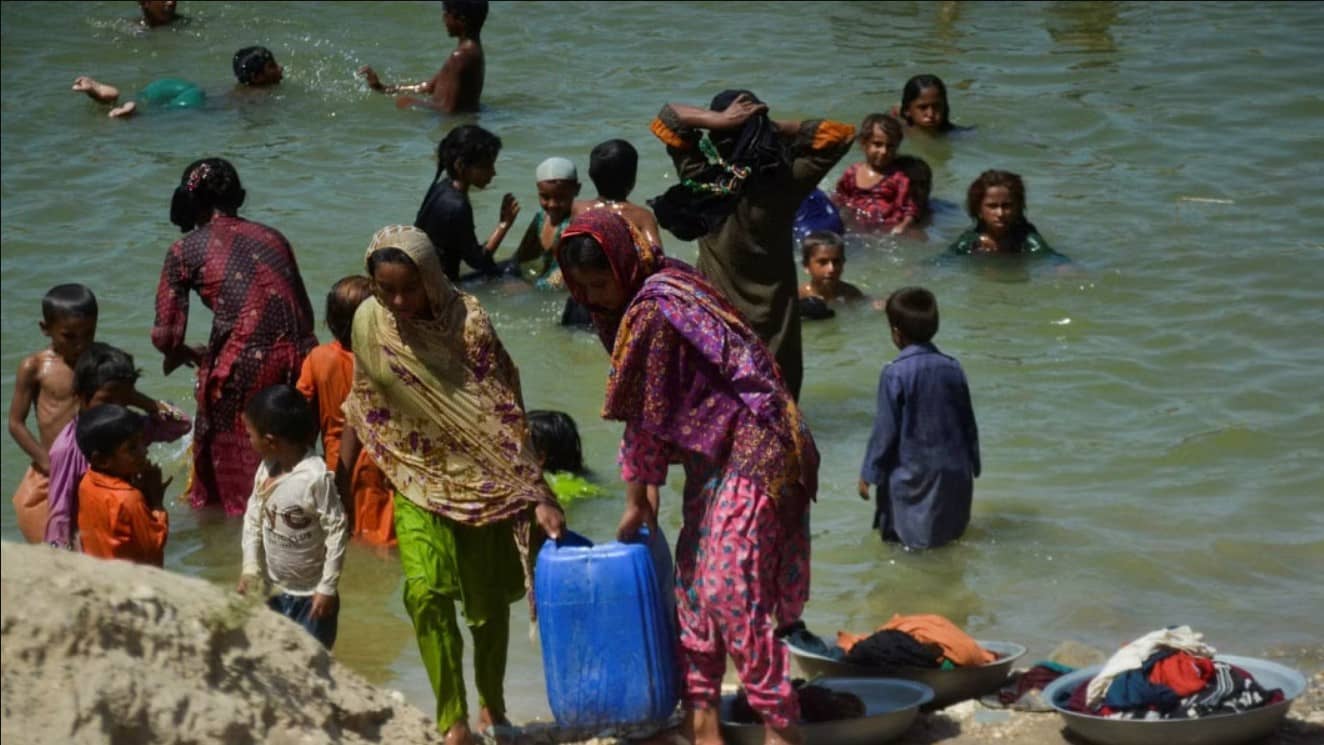
During the negotiations on funding for loss and damage in COP27 in Egypt last November, representatives of developed countries had a lot of reservations about such a proposal. My answer to them was that, while their questions were quite legitimate, they would only get answers after we received a political commitment from their leaders to establish the funding mechanism in the first place.
Fortunately, the leaders of all the countries agreed to establish the funding mechanism at COP27 and also to set up a Transitional Committee to address the questions that were being asked. The negotiations at COP28 in Dubai in November this year will be when we will once again agree on how to address those questions and get the funding up and running.
In the meantime, it can’t hurt to share some of my own thoughts on the questions that need to be addressed.
How much money is needed?
Given the ongoing impacts of climate change, the estimates of the total losses and damages run into many trillions of US dollars. However, it is not expected that such sums of money would need to be made available, at least not immediately. So, in the short term, a few tens of billions of US dollars a year to support the poorest and most vulnerable communities would be worth targeting. It is important to note that such funds are to address loss and damage and are different from funds used for adaptation and mitigation.
Where would the money come from?
There is an assumption that money would have to flow from the governments of developed countries to the governments of developing countries, but this need not be the only option. There are many ideas being floated for sourcing the money, including making polluters pay.
My own preference is for all countries to agree to impose a tax on every fossil fuel company registered in their jurisdiction and put that money into a new Global Loss and Damage Fund. This would immediately generate a lot of funds and would not even hurt the fossil fuel companies, as they would retain most of their exorbitant profits.
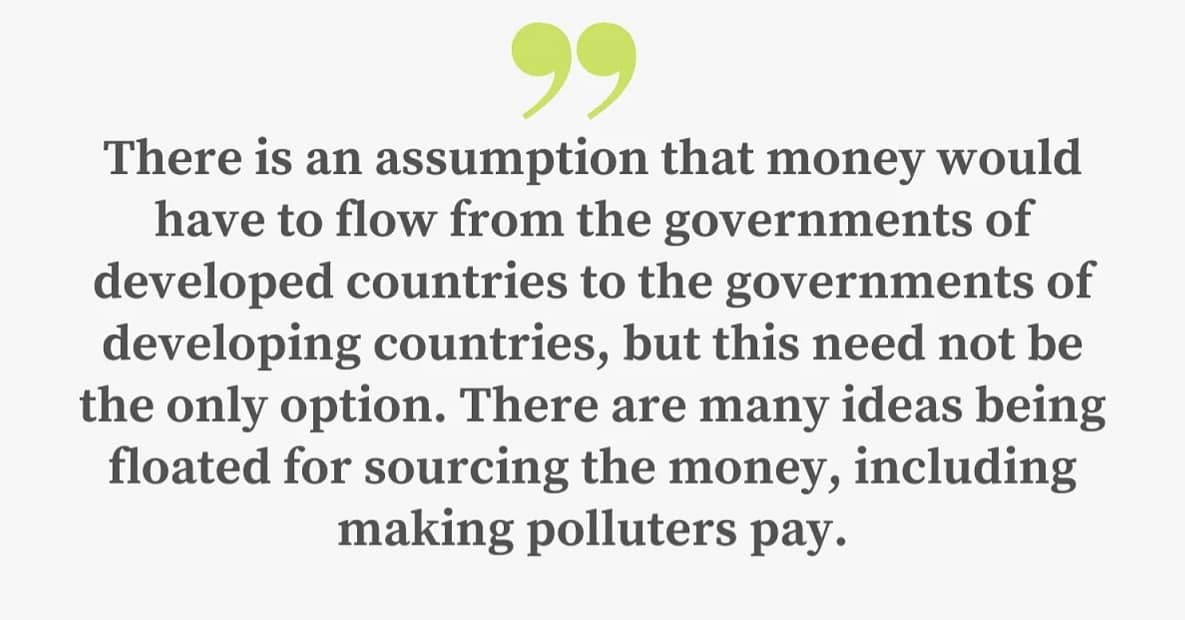
Who would manage the funds?
There are quite a few ways in which to manage the funds, including employing existing entities such as the Green Climate Fund (GCF) and Adaptation Fund (AF) under the United Nations Framework Convention on Climate Change (UNFCCC), or other funds outside the UNFCCC.
My own view is that we are likely to end up with a mosaic of funding channels for different activities, some under the UNFCCC and some outside it. It will, however, require close collaboration amongst all the funding entities to ensure synergies and avoid overlaps.
Who would be eligible to receive funds?
This is a tricky question in the context of the UNFCCC since there are several groups, such as the Least Developed Countries (LDCs), the Small Island Developing States (SIDS), as well as some countries in Africa, who are formally defined as “particularly vulnerable.” But these lists exclude countries such as Pakistan, which suffered unprecedented flooding last year. So there will need to be some give and take, again in good faith, amongst the developing countries themselves as to which countries should be eligible to receive funds.
How would funds be allocated?
Besides the question of which developing countries should be deemed eligible to receive funds, deciding on the ultimate recipients at the local or community levels is also important, and they could belong to some middle-income countries as well.
In my view, this is by far the most important as well as most urgent question to be addressed, and put off for the cumbersome UNFCCC negotiations process, which will inevitably take time. Those in charge of existing funds that have already been committed, such as the Global Shield and the Loss and Damage window under the V20 Fund of the Climate Vulnerable Forum (CVF), should pay close attention to this question. The test now will be to see how quickly they are able to respond to the needs of communities already suffering from impacts of human-induced climate change.
How can funds be accessed, and by whom?
Accessing any of the existing channels of funds requires an exhaustive process of applications from countries or entities, with funds typically taking years to be delivered. Addressing the needs of communities suffering from the adverse impacts of human-induced climate change will require a nimbler and more proactive approach to taking the funds to the victims instead of waiting for applications. This is very much the domain of global humanitarian actors such as the Red Cross, Red Crescent, and the World Food Programme (WFP). It is therefore essential that humanitarian actors be brought into these discussions.
Who should coordinate actions?
As it is likely that we will end up with a mosaic of actors, some under the UNFCCC and others outside it, there is a need for someone to act as a coordinator. My advice is for the secretary general of the United Nations to appoint a special envoy for loss and damage for at least five years to coordinate between the UNFCCC, the UN OCHA, and each individual country and stakeholder.
As we have only just started facing loss and damage from human-induced climate change, this role will become increasingly more important, requiring actions on a daily basis.
Most importantly, who pays for loss and damage from human-induced climate change?
We must always remember that for every impact that is currently occurring, whether in poorer or richer countries, the people who are paying for the losses and damages are the victims themselves. Sometimes they get assistance from their neighbours or from local and national governments, but this is usually much less than what they need. Therefore, the challenge before the UNFCCC is to get the new funding systems to help the poorest victims access funds for addressing loss and damage as quickly as possible.
Let COP28 be the place where this begins as a practice.
Originally this article was published on January 18, 2023 at Daily Star. The author Prof. Saleemul Huq is the director of the International Centre for Climate Change and Development (ICCCAD) at the Independent University, Bangladesh (IUB).
Email: saleemul.huq@icccad.org

